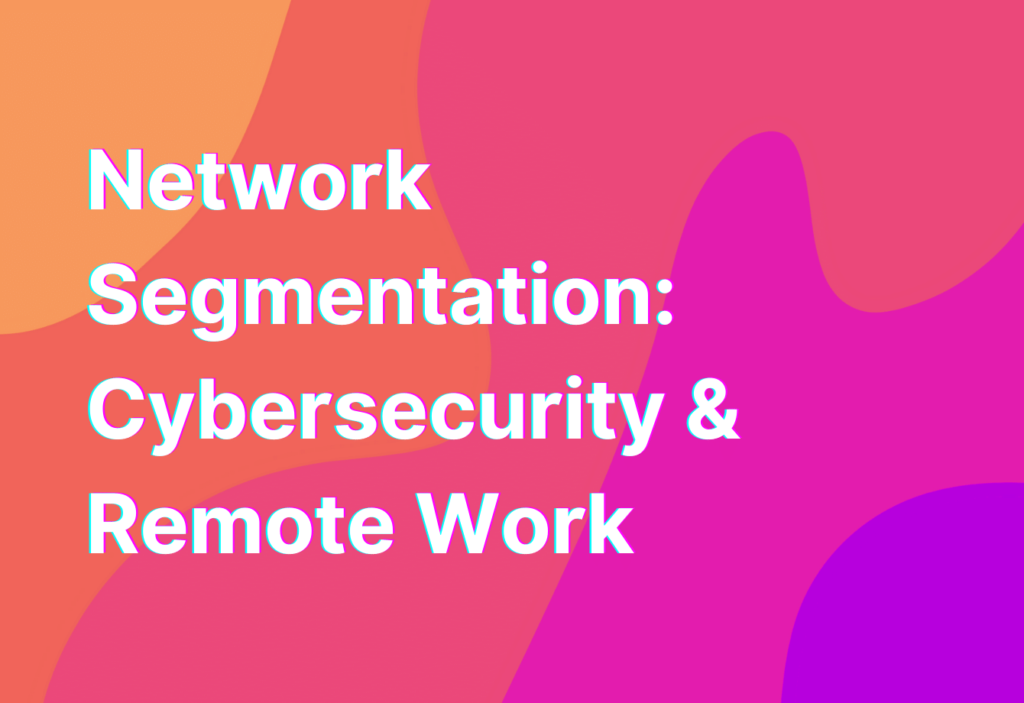Network Segmentation: Cybersecurity & Remote Work
Hey there, remote work warriors! It’s Ashley here, your friendly remote work advocate and tech enthusiast. Today, I want to talk about a crucial aspect of cybersecurity for remote workers: network segmentation. Now, I know the term might sound a bit intimidating, but fear not! I’m here to break it down for you in a way that’s easy to understand and implement.
What is Network Segmentation?
Simply put, network segmentation is the practice of dividing a computer network into smaller, isolated segments. Each segment, or subnet, operates independently and has its own set of security controls. This means that even if one segment is compromised, the rest of the network remains secure.
Network segmentation is like having different rooms in your house. If one room gets messy or has a leak, the other rooms are not affected. It’s a way to contain and minimize the impact of any potential security breaches.
Why is Network Segmentation Important for Remote Work?
As remote workers, we rely heavily on our internet connection and the security of our networks. With the increasing number of cyber threats out there, it’s crucial to take proactive measures to protect our data and devices.
Network segmentation plays a vital role in enhancing the security of remote work setups. By dividing your network into smaller segments, you can isolate sensitive data and devices from potential threats. This reduces the attack surface and makes it harder for hackers to gain unauthorized access to your network.
Imagine if your work laptop gets infected with malware. Without network segmentation, the malware could easily spread to other devices on the same network, putting your personal and professional data at risk. But with network segmentation in place, the malware would be contained within its own segment, preventing it from spreading to other parts of your network.
How to Implement Network Segmentation
Now that we understand the importance of network segmentation, let’s talk about how to implement it. Here are some steps you can follow:
- Identify your network assets: Take inventory of all the devices and resources connected to your network. This includes computers, smartphones, printers, and any other IoT devices.
- Group assets based on security requirements: Determine which assets require higher levels of security and should be isolated from the rest of the network. For example, your work laptop and company server should be in a separate segment from your personal devices.
- Set up VLANs: Virtual Local Area Networks (VLANs) allow you to create separate subnets within your network. This can be done through your router or network switch. Assign each VLAN to a specific group of devices.
- Configure firewall rules: Firewalls act as a barrier between your network and potential threats. Set up firewall rules to control the flow of traffic between different segments. This adds an extra layer of protection to your network.
- Monitor and update: Regularly monitor your network for any unusual activity or vulnerabilities. Keep your devices and security software up to date to ensure you’re protected against the latest threats.
By following these steps, you can create a more secure network environment for your remote work setup. Remember, network segmentation is just one piece of the cybersecurity puzzle. It’s important to implement other best practices, such as strong passwords, regular patch management, and employee training, to ensure comprehensive protection.
Wrapping Up
Well, folks, that’s a wrap on network segmentation and its importance for remote work cybersecurity. By implementing network segmentation, you can add an extra layer of protection to your network and keep your data safe from prying eyes.
If you want to dive deeper into the world of remote work cybersecurity, be sure to check out our article on Patch Management. It’s another essential aspect of keeping your remote work environment secure.
Stay safe, stay secure, and keep rocking that remote work life!


